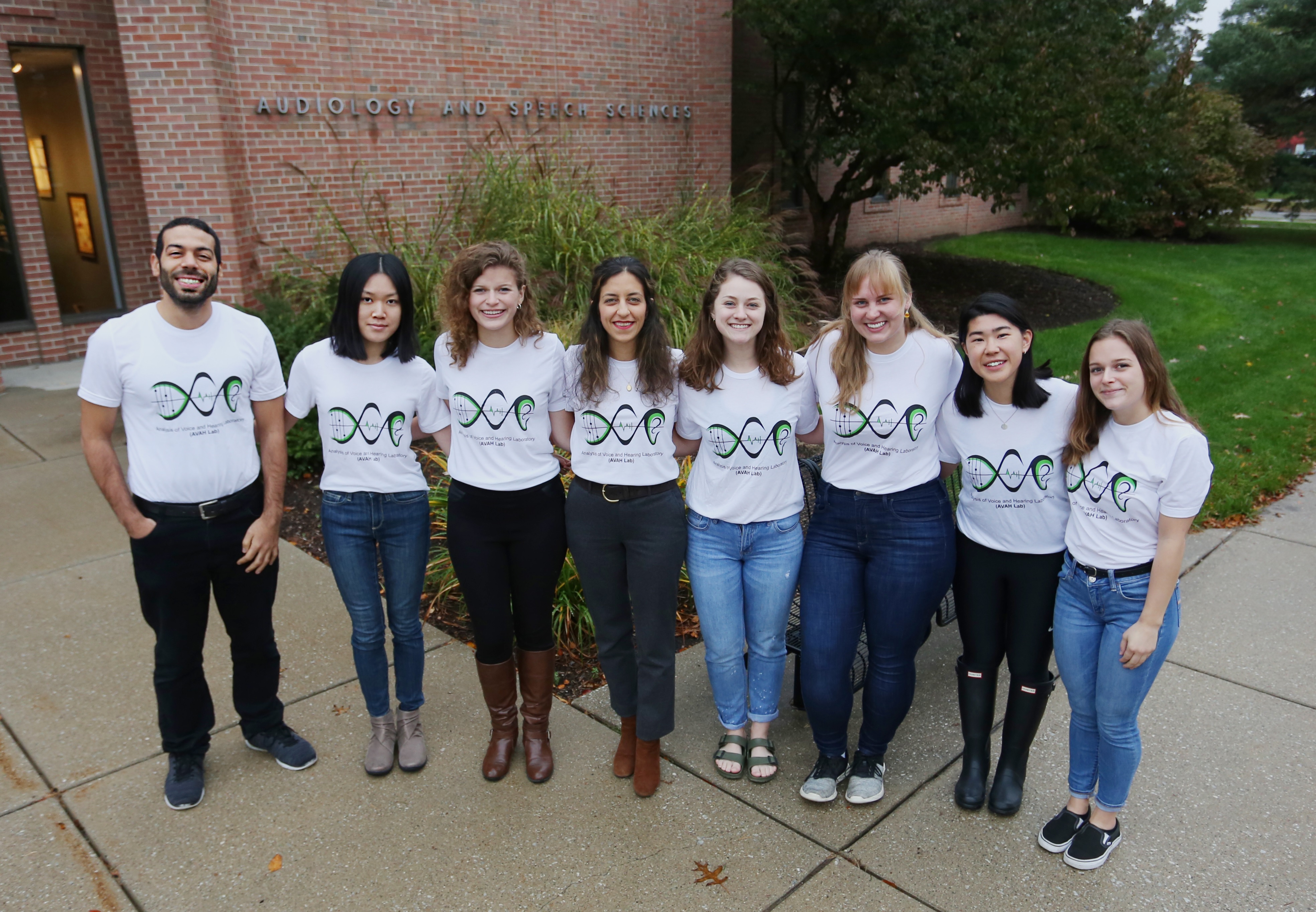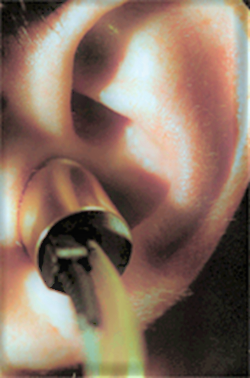Research

The research in AVAH Lab is focused on studying the underlying mechanisms of voice production. The function and characteristics of the vocal folds are studied in norm and disorder to determine how an anomaly in the structure or mechanisms can lead to dysphonia. To do so, high-speed videoendoscopy (HSV), a laryngeal imaging technique, acoustic recordings, and perceptual voice quality measurements are obtained from the subjects. The goal is to determine the relationships between the vocal mechanisms, the generated speech sounds, and the perceived voice quality to improve voice assessment and treatment procedures. Big data analysis, statistical techniques, and image/signal processing are used to analyze large HSV datasets. Additionally, biomechanical modeling is done to study voice biomechanics.

Neurogenic Voice Disorders:
We study vocal mechanisms underlying dysphonia in patients with adductor spasmodic dysphonia. The goal is to develop objective measures of voice production in these patients that could facilitate accurate diagnosis and treatment of this disorder. We obtain simultaneous HSV and acoustic data from vocally normal participants and patients. We design and develop manual and automated analysis methods to extract HSV-based biomarkers. We are specifically interested in the onset and offset of phonation and how the patients struggle during production of different phonemes and words. The future goal is to find the relationship between the objective measures of vocal fold kinematics and voice qualities in connected speech for neurogenic voice disorders. Machine learning and deep learning are used for development of the measures.

|
Auditory Sound Transmission: In addition to studying the voice production and speech acoustics, we are interested to investigate the sound transmission through the human auditory system. This is important since one of the main clinical tools to diagnose voice disorders is the auditory-perceptual judgements of the voice. How the auditory system interprets the sound plays a crucial role in our judgement. We are currently looking at the sound analysis inside the inner ear, where the acoustical signals are converted into biomechanical vibrations and then to electrical signals and are sent toward the brain for further processing. We develop computational models of the hearing system incorporating the history and nonlocal effects of this biosystem. |
 |

